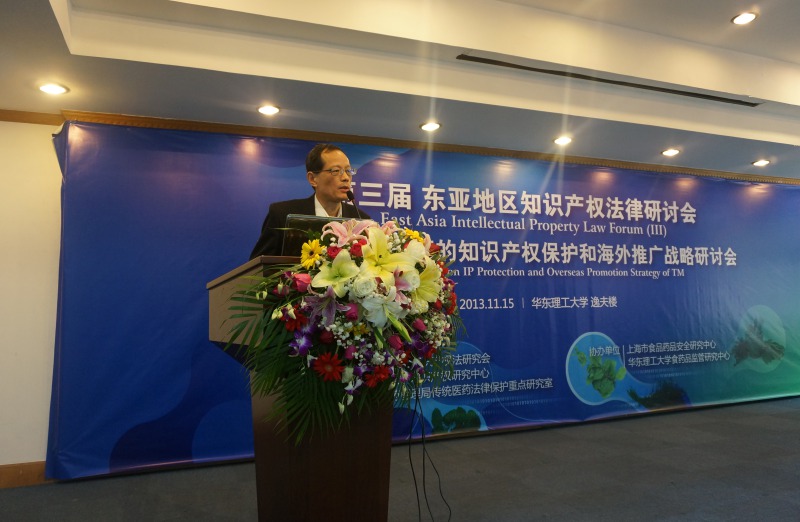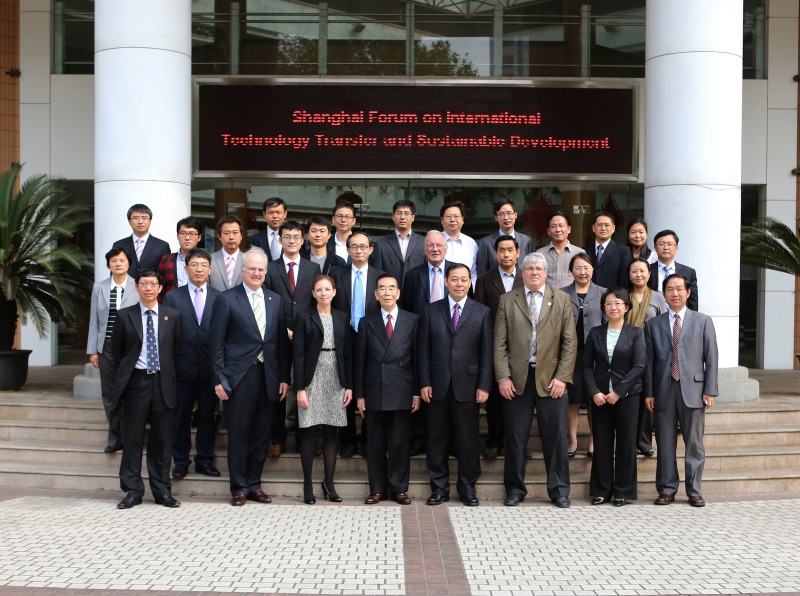Scientists Revealed the DA1 Regulatory Mechanism of the Size of Plants Seeds and Organs
The size of plant seeds and organs is the important agronomic trait. The regulating of the size of plant seeds and organs is also the important developmental biology problem. The research group led by LI Yunhai from Institute of Genetics and Developmental Biology of Chinese Academy of Science showed in his previous work that ubiquitin receptor protein DA1 coordinated controlled the size of plant seeds and organs with two E3 ubiquitin ligases DA2 and EOD1/BB. (Li et al., Genes & Development 2008; Xia et al., Plant Cell 2013) Moreover, DA1 controlled the size of plant seeds and organs by mediating deubiquitin enzymes UBP15/SOD2 and degrading transcription factor TCPs protein. (Du et al., Plant Cell 2014; Peng et al., Plant Cell 2015) However, the synergistic mechanism of DA1 and two E3 protein and the degradation mechanism of DA1 mediation substrate are still unknown.
The LI’s research group cooperated with John Innes Centre from United Kingdom, Ghent University and Leibniz Institute of Plant Biochemistry from Germany found the important mechanism which could control the size of plant seeds and organs. Firstly, ubiquitin receptor DA1 has protease activity. What’s more, E3 ubiquitin ligases could activate the activity of DA1 protease. The size of plant seeds and organs is control by incising downstream substrates. To be specific, DA1 have two conservative ubiquitin combination zone, one LIM structural domain and one C protease structural domain. E3 ubiquitin ligases DA2 and EOD1 activate the activity of DA1 protease by ubiquitylating DA1. The activated DA1 can incise downstream substrates include UBP15, TCP15, TCP22 and so on. So this research revealed the important regulatory mechanism that the size of plant seeds and organs regulates by the stability of downstream substrates, the stability of downstream substrates regulates by the activity of DA1 protease.
The research result has been published on Genes & Development on Feb 6th, 2017.
Time: 2017-02-09
Source: Institute of Genetics and Developmental Biology
next:Scientists Revealed the Response Mechanism of DNA Damages


